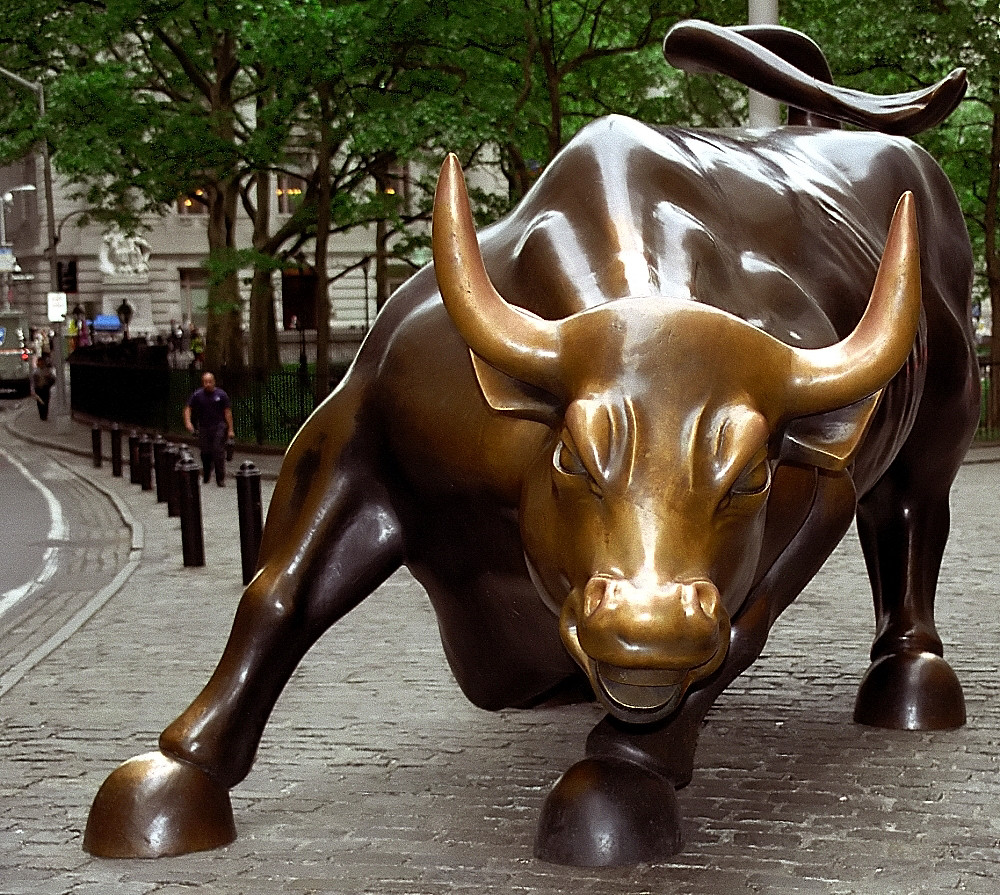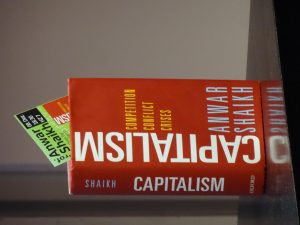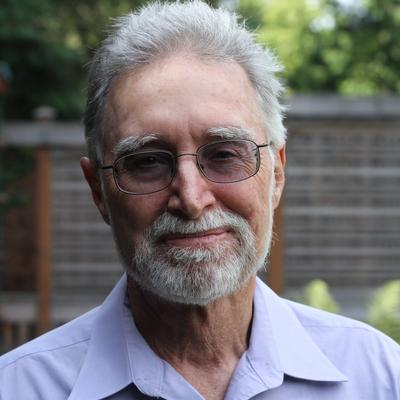Understanding Macroeconomics — The Great Depression
Hidden beneath the surface of the mathematical complexities of modern macroeconomics there is an underlying power struggle - the eternal battle between the rich and powerful against the poor masses. Keynesian policies help the bottom 90% and hurt the top 1%.
Originally published by The Express Tribune (Feb. 21, 2018).
|
|---|
About the author (click)
Asad Zaman is an economist, professor and social scientist from Pakistan. He is currently Vice Chancellor of the Pakistan Institute of Development Economics, Islamabad. He has a Ph.D. in economics from Stanford University (1978) and has taught in Economics Departments at U. Penn., Columbia Univ., Johns Hopkins, Cal. Tech, Bilkent Univ, Ankara, and LUMS, Lahore. Visit his personal website and read his articles on the WEA Pedagogy Blog.
Due to frequent headlines, there is a substantial public awareness of core macroeconomic issues like unemployment, trade agreements, exchange rates, deficit, taxes, interest rates, etc. However, even professionals are often ignorant of the intellectual battles which have shaped modern macroeconomics, since this is not taught in typical PhD programmes in economics. This article attempts to provide the history of ideas which led to the emergence of macroeconomics, since this is an essential background required for informed analysis of these issues.
Lord John Maynard Keynes invented the entire field of macroeconomics in response to the Great Depression in 1929, which could not be understood according to economic theories dominant until then. According to the classical economic theory, forces of supply and demand in the labour market would ensure full employment. Keynes starts his magnum opus, The General Theory of Employment, Interest, and Money, with the observation that the economic theory cannot explain the long, persistent and deep unemployment that was observed following the Great Depression. Keynes set himself the goal of creating a theory which could explain wide fluctuations in levels of employment that he observed. He discovered that creating such a theory involved rejecting deeply held convictions, central to economic theory.
The first of these new ideas is the failure of supply and demand theory in the labour market. According to conventional economics, unemployment represents an excess supply of labour. When there is excess supply, the price of labour, or the wage, will go down. This will encourage firms to hire more labour and also discourage people from working, increasing demand and decreasing supply, until the two are equalised at equilibrium. The Great Depression made it obvious that this theory did not work. Keynesian economics was created to explain this failure of supply and demand. Unlike conventional economists, who address such problems by doing mental gymnastics using mathematical models, Keynes looked at the economic conditions in the real world around him to find the answers to this puzzle. He observed that there was a huge strike by coal miners in England against a proposal to cut their wages. But there were no strikes against high inflation, which also reduces the real wages of the workers. Economic theory says that the two — decline in nominal wage, or an increase in prices of consumer goods — will have exactly the same effect on the labour supply. Keynes was able to see, unlike economists who hold their theories to be sacred, that his economic theory must be wrong. The supply of labour does not respond to real wages, but only to nominal wages in the short run.
After pondering as to why this might be the case, Keynes realised that it was because the real wage was determined by factors outside the control of firms and workers, due to the complex structure of the economy. Even if both firms and workers agreed to reduce nominal wages, this could lead to a decline in prices such that the real wage would not go down, preventing the mechanism which brings supply and demand into equilibrium from operating. This realisation led Keynes to two other major insights. If firms and workers negotiate in terms of money wages, rather than real wages, then the amount of money in the economy is extremely important. This contradicts the famous Quantity Theory of Money, according to which the amount of money is just a veil, which has no bearing on the real economy. Furthermore, Keynes argued the firms’ decisions about investment, and hire of workers, depended crucially on their expectations about the future. These expectations were not anchored by any real factors and could fluctuate greatly in response to many different types of stimuli. In particular, he argued that investments were governed more by the type of gambling involved in day-trading, and less by reasoned calculation of long-term yields. This suggests that wise long-term future investments require government interventions, contrary to free-market dogma.
‟He could not succeed in making his fellow economists see the light.Although Keynes succeeded in his long struggle to escape deeply held convictions created by classical economic theories, he could not succeed in making his fellow economists see the light. He complained that “professional economists… were… unmoved by the lack of correspondence between the results of their theory and the facts of observation.” Hicks and Samuelson cobbled together an uneasy compromise between classical theories and Keynesian ideas, which became known as Keynesian economics, even though it rejected nearly all of the central insights of Keynes. It was in response to this massive misinterpretation that Keynes said that “I am not a Keynesian.” Only one Keynesian insight survived the Hicks-Samuelson misunderstanding of Keynes: the government must take active steps to eliminate unemployment, since the forces of supply and demand will not do so. But even this little piece of Keynesian theory was enough to change the world dramatically.
Keynesian macroeconomics uses two tools to eliminate unemployment. Fiscal policy involves the government directly investing in public works to create employment, while monetary policy involves printing more money to stimulate creation of demand by the private sector. Keynesian policies advocate deficit spending and expansionary monetary policy. This runs counter to widely accepted and commonly held beliefs that governments should practise ‘austerity’ in recessions. Strangely enough, this ideological battle continues today, where the IMF continues to recommend austerity to the poor countries, while the rich countries combat recessions with expansionary Keynesian policies. These theoretical conflicts cannot be understood until we dig beneath surface appearances and ask which social groups benefit from which type of policy.
It should be immediately obvious that active government involvement in creating full employment helps the bottom 90%. It is slightly less obvious that monetary expansion, which may create inflation, is also helpful to the poorer segment of society. This is because the poor are generally borrowers of money, so the value of their debt in real terms becomes reduced. Similarly, easy money makes it easier for them to borrow. At the same time, Keynesian policies hurt the top 1%. This is because government guarantees of full employment makes the position of labour strong vis-à-vis the corporations, increasing the share of profits going to labour, and reducing business profits. Also, the wealthy make money by lending, so easy money lowers their profits from extending loans. It is this underlying power struggle, the eternal battle between the rich and powerful against the poor masses, which is hidden beneath the surface of the mathematical complexities of modern macroeconomics.
(To be continued)























Comments
Post a Comment
Your thoughts...